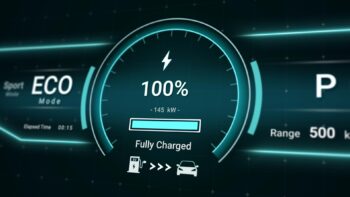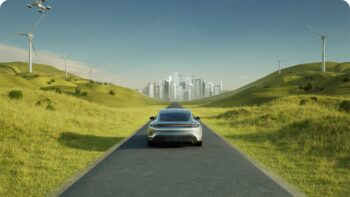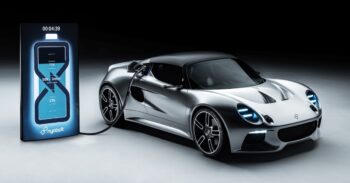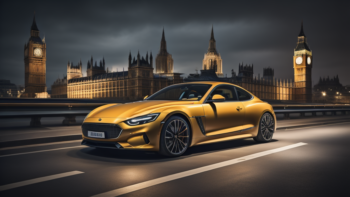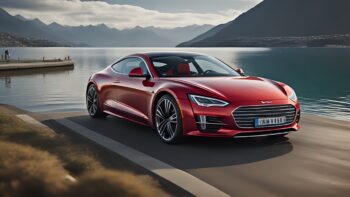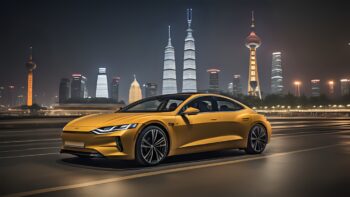Political incentives to stimulate the zero emission revolution
 The EU is set to miss its Paris Accord targets of reducing its CO2 emissions by at least 40% of 1990 levels by 2030. What can be done at a political level in order to alter course? In this article we will look at some of the best efforts made by countries and states around the world and attempt to point to best practice as a way forward.
The EU is set to miss its Paris Accord targets of reducing its CO2 emissions by at least 40% of 1990 levels by 2030. What can be done at a political level in order to alter course? In this article we will look at some of the best efforts made by countries and states around the world and attempt to point to best practice as a way forward.
The current state of the political incentives
Most – but not all current members of the EU have some form of incentives to encourage consumers to buy a low emissions or zero emission car. Not all do – according to a list of countries’ incentives published by the European Automobile Manufacturers Association (the ACEA), Lithuania, Estonia and Croatia have none at all, with other newer members such as Poland having very limited incentives at best – in Poland’s case the ACEA document states, “Electric and plug‐in electric vehicles exempt from registration tax”, and only then, “To be introduced after EC positive decision for public aid”.
EV Charging points in Europe?
Other than tax incentives, the European Commission has published plans for a Directive that would force all member states to have at least one public charger for every 10 electric vehicles on the road. According to a statement from the ACEA published in July, “Today, there are some 100,000 charging points for electric vehicles in the EU. At least two million will be needed by 2025, according to conservative estimates by the European Commission. That means there should be, at a very minimum, a twenty-fold increase within the next seven years.” This is to reach a 30% reduction in transport CO2 emissions – to reach a 50% cut the ACEA believe that some 700,000 new charging points would have to be installed annually for the next 12 years.
Build them and they will come? Currently government supported schemes have brought about very good results but only in countries where the charging points are subsidized in some way. The ACEA statement showed the bias in charging point infrastructure: “76% are concentrated in just four countries which cover only 27% of the EU’s total surface area (the Netherlands, Germany, France and the UK)”. There are only 114 charging points (0.2%) in the whole of Romania by comparison!
There are two ways to encourage consumers to buy new electric vehicles:
- the stick in the form of Chinese car sales quotas
- the carrot in the form of state financial support.
Norway and China lead the world, even while China is changing from the carrot to the stick.
In China, a car company that sells more than 30,000 units may have to sell a certain number of electric vehicles or they could be fined heavily. According to a 2017 statement on the Chinese government website, “The new policy from the Ministry of Industry and Information Technology requires that sales of NEVs should reach a threshold equivalent to 10 percent of their total in 2019 and 12 percent in 2020.”
Those who don’t meet the target will have to buy ‘credits’ from ones that have and if they still don’t meet the sales quota they could ultimately be stopped from trading.
A dash around political incentives
Electric cars have a problem for car companies in that they cost more than fossil fuel powered cars to make, and can’t quite meet the performance standards in terms of range that fossil fuel vehicles can. Whichever way you look at it, the best way to get people to buy EVs is to appeal to their wallets. China and Norway have led the way.
Until the proposed stick from the government in terms of sales quotas, according to the South China Morning Post, “Last year, China sold 777,000 EVs, up 53 per cent from 2016 – more than triple the 200,000 units sold in the US – and is on track to hit the 1 million vehicles mark in 2018.” This comes from a subsidy and tax credit system that puts electric vehicles on a par in terms of cost with ICE vehicles.
Norway has the highest EV sales per capita in the world, a figure Chinese authorities drool over. According to the Norwegian government website, its cash and tax incentives include: No purchase/import taxes, Exemption from 25% VAT on purchase, Exemption from 25% VAT on leasing (2015) Access for BEVs in bus lanes in Oslo require carpooling with at least one passenger during rush hours, Free municipal parking up to cities to decide, Zero annual road tax 40% reduced company car tax 50% price reduction on ferries and Zero re-registration tax for used zero-emission cars.
Some countries in the EU – notably the Netherlands and UK – have great incentive systems in place but even these lag behind Norway and China. A concerted effort to bring about more sales needs to come from the centre – forcing recalcitrant countries with no incentives to get on board and improving the standards of those which do – perhaps even setting standards that the best performing countries will have to improve to meet?
Author: Richard Shrubb
Richard is a renewable energy, sailing and hemp writer based in West Dorset, England. Working hard to bring his rebellious three year old daughter up the right way, he attempts to live the lifestyle he promotes through his writing.
